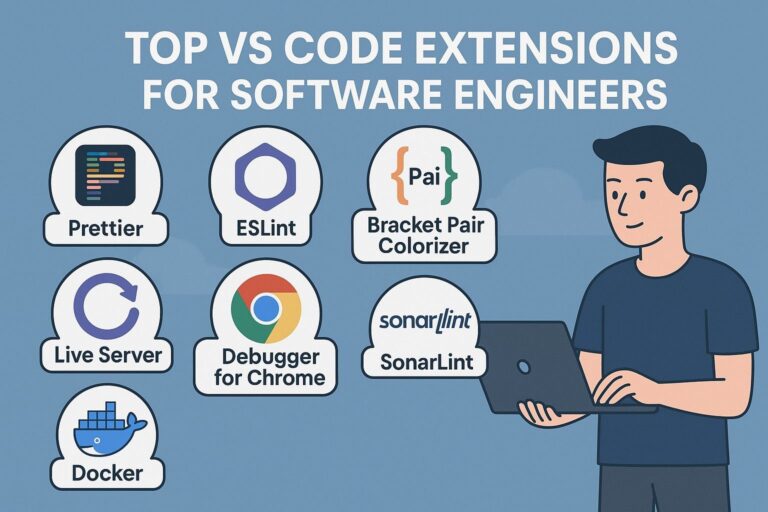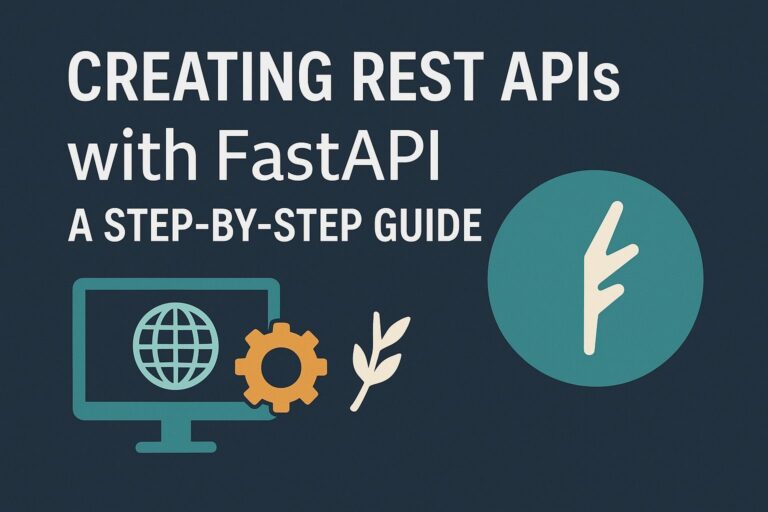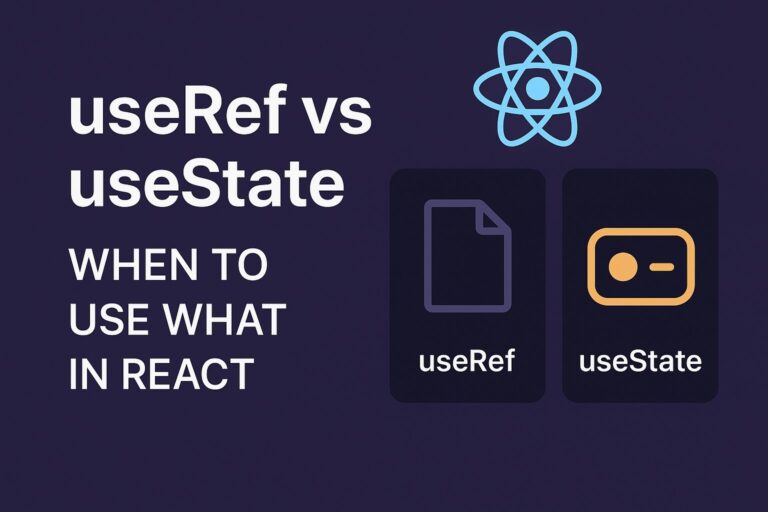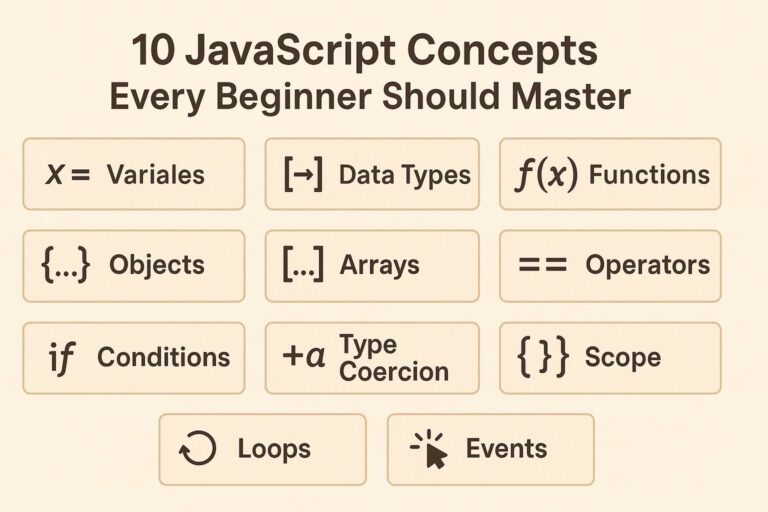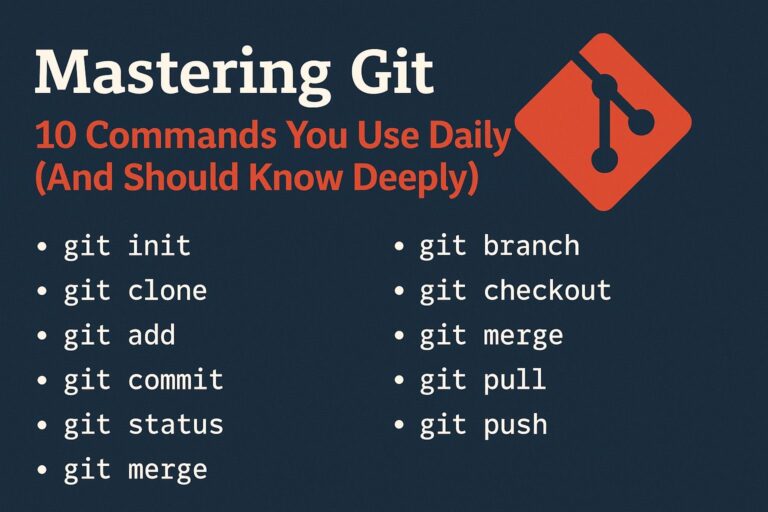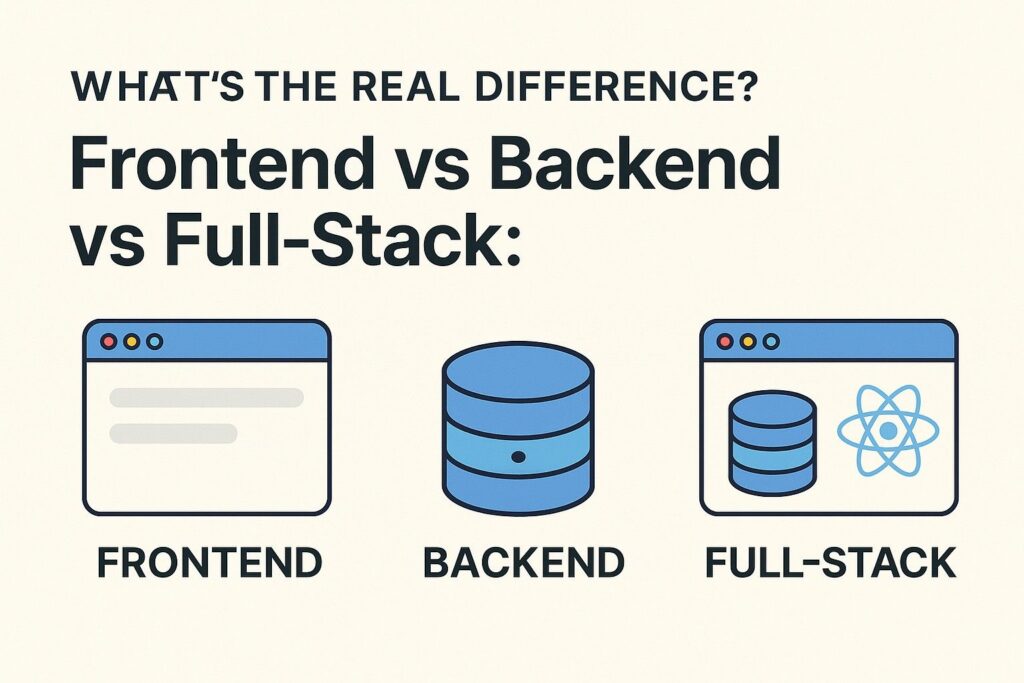
In the world of web development, terms like frontend, backend, and full-stack are thrown around frequently. But what exactly do they mean? Whether you’re a beginner exploring tech careers or a product owner assembling a team, understanding these roles is crucial to building successful digital products.
In this guide, we’ll break down the core differences between frontend, backend, and full-stack development—explaining what each entails, their tools and responsibilities, and how they work together.
1. What is Frontend Development?
Frontend development refers to everything users see and interact with in a web application. It’s the client-side of the application—where the design meets code to deliver a seamless experience.
Key Responsibilities
- Building the user interface (UI)
- Ensuring mobile responsiveness and accessibility
- Implementing designs with precision
- Handling client-side logic and form validation
- Optimizing performance and load times
Popular Frontend Technologies
- Languages: HTML, CSS, JavaScript
- Frameworks & Libraries: React.js, Angular, Vue.js, Svelte
- Tools: Webpack, Babel, Sass, Figma (design handoff)
- Version Control: Git, GitHub
Common Job Titles
- Frontend Developer
- UI Developer
- Web Designer (sometimes overlaps)
- React Developer / Angular Developer
2. What is Backend Development?
Backend development deals with the server-side of an application—the part users don’t see. It powers the frontend by processing business logic, accessing databases, and handling requests securely.
Key Responsibilities
- Creating APIs and server logic
- Managing user authentication and authorization
- Performing CRUD operations (Create, Read, Update, Delete)
- Connecting and managing databases
- Ensuring application security and scalability
Popular Backend Technologies
- Languages: Python, JavaScript (Node.js), Java, PHP, Ruby, C#
- Frameworks: Django, Express.js, Spring Boot, Laravel, Ruby on Rails
- Databases: PostgreSQL, MySQL, MongoDB, Redis
- DevOps Tools: Docker, AWS, NGINX, Git, CI/CD pipelines
Common Job Titles
- Backend Developer
- API Developer
- Database Engineer
- DevOps Engineer (if involved in deployment)
3. What is Full-Stack Development?
Full-Stack development refers to developers who are comfortable working with both frontend and backend technologies. They understand the full web application lifecycle—from designing user interfaces to writing server logic and deploying the app.
Key Responsibilities
- Designing and developing full-stack features (frontend + backend)
- Building RESTful APIs and integrating them with UI
- Managing end-to-end application architecture
- Collaborating across the stack for cohesive user experiences
- Handling deployment and performance monitoring
Typical Full-Stack Tech Stack
- Frontend: React, Vue, Tailwind CSS, HTML5
- Backend: Node.js, Express, Django
- Database: MongoDB, PostgreSQL
- Tools: Git, Docker, REST APIs, Firebase, GraphQL
Common Job Titles
- Full-Stack Developer
- Software Engineer
- Web Developer
- Application Developer
4. Side-by-Side Comparison
| Feature | Frontend | Backend | Full-Stack |
|---|---|---|---|
| User Interface | Yes | No | Yes |
| Server Logic | No | Yes | Yes |
| Database Handling | No | Yes | Yes |
| Technologies | HTML, CSS, JS, React, etc. | Node.js, Django, SQL, etc. | Combination of both |
| Visibility | Visible to users | Works behind the scenes | Covers both layers |
| Complexity | UI/UX and browser behavior | Logic, performance, security | Requires mastery of both ends |
| Demand | High | High | Very High |
5. Which One Should You Learn or Hire For?
Choose Frontend If:
- You’re interested in design, animations, and user experience.
- You want to create beautiful and responsive interfaces.
- You enjoy working with visuals and solving layout problems.
Choose Backend If:
- You enjoy logic, problem-solving, and algorithms.
- You’re interested in databases, APIs, and server-side performance.
- You prefer working with data and application structure.
Choose Full-Stack If:
- You want a versatile career and enjoy both visual and logical tasks.
- You’re building your own app or startup and want end-to-end control.
- You enjoy learning continuously and switching contexts.
6. Real-World Collaboration Example
Imagine you’re building a food delivery app:
- Frontend Developers will design the user interface where customers browse restaurants, place orders, and track deliveries.
- Backend Developers will handle user authentication, process orders, calculate delivery time, and interact with the database.
- Full-Stack Developers might build and integrate both systems—creating APIs and connecting them with frontend screens.
Final Thoughts
The differences between frontend, backend, and full-stack development go beyond just technology—they represent different ways of thinking and problem-solving.
- Frontend is about interaction, accessibility, and aesthetics.
- Backend is about logic, performance, and data.
- Full-Stack is about synergy and flexibility.
There’s no “better” path—just the one that best suits your interests or your project’s goals. As teams grow, it’s often ideal to have specialists in frontend and backend working together, or hire full-stack developers for smaller teams or MVPs.
Choose wisely based on your passion, team structure, and long-term scalability needs.

I’m Shreyash Mhashilkar, an IT professional who loves building user-friendly, scalable digital solutions. Outside of coding, I enjoy researching new places, learning about different cultures, and exploring how technology shapes the way we live and travel. I share my experiences and discoveries to help others explore new places, cultures, and ideas with curiosity and enthusiasm.

